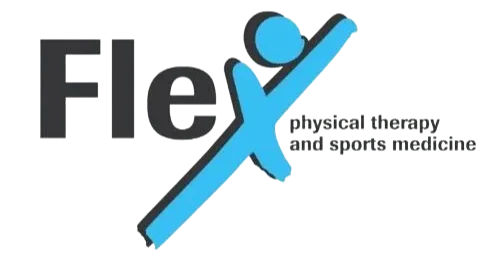ACL Injury Risk Factors
Previously I wrote about an ACL injury prevention program called Sportsmetrics. This program is a revolutionary program developed after years of research by Dr. Frank Noyes and the Cincinnati Sportsmedicine Research and Educational Foundation. It is the only program scientifically proven to lower a female athlete’s risk of suffering a serious knee injury. We know that female athletes are 4-6 time more likely to suffer an ACL tear compared to males participating in the same sport.
There are several theories as to why this is occurs more in females than males:
Structural differences in females
- Wider pelvis
- Increased knee-hip angle also known and the Q-angle
- Increased joint laxity
- Narrow intracondylar notch
- Hormonal-Estroge
- Decreased collagen strength
- Increased joint laxity
- Training Differences
- Strength
- Technique
- Coaching
Out of these theories, only the training differences are the factors that can be addressed and changed to reduce an athlete’s risk.

Marked Muscle Imbalances
In a study by the Cincinnati Sportsmedicine Research and Educational Foundation, it was found that there was a marked imbalance in females between the quadriceps and hamstrings prior to the athlete participating in Sportsmetrics. This study also showed that males activated the hamstrings upon landing up to three times more than females when jumping. The hamstrings are a primary knee stabilizer to the ACL. The female athletes were more “quadriceps driven” and male athletes were more “hamstring driven” when jumping.

Knee Alignment is Key
In addition to the activation of the quadriceps and hamstrings, the alignment of the knees also is a key factor in ACL prevention. When jumping, the knees should stay aligned with the toes/feet and should not collapse to the inside (knocked-kneed). Weakness in the hips and hamstrings and poor technique when jumping will affect this alignment. When the hips/hamstrings are weak or jumping mechanics are not trained properly, the knees will buckle to the inside when landing. This causes a turning in of the knees and lower legs (internal rotation) resulting in increased torque and stress on the ACL. The optimal knee separation should be at least 60% or greater of the hip width. Any athlete with less than 60% knee separation is at risk of suffering an ACL injury and would benefit from an ACL prevention program.
Identify Those at Risk
One of the best ways to find out if an athlete is at risk for a serious knee injury and if they will benefit from an ACL prevention program like Sportsmetrics is through video analysis of their jumping form. Through video analysis of the jumping form, the knee separation and body mechanics can be accurately measured and reviewed. These measurements can determine which athletes are at risk. Another quick test to determine ACL injury risk, is the single leg squat test. The athlete should stand on one leg without upper body support and perform a squat to 45 degrees. The knee should stay in alignment with the toes and should not twist or rotate to the inside. The athlete should also be able to control the squat and keep
their balance. Both sides should be tested to determine risk factor. This also can be done through video analysis. The single leg hop is also a third test used to determine risk of injury. The athlete’s hopping distance and form is assessed for proper mechanics and knee/hip alignment. All three of these tests can accurately determine who is at increased risk of sustaining a serious knee injury and those who are at risk should participate in an ACL prevention program such as Sportsmetrics.
At Flex Physical Therapy, we are a certified Sportsmetrics ACL Prevention Clinic. Our therapists and Athletic Trainers have received specialized training from the Cincinnati Sportsmedicine Research and Educational Foundation. We have the equipment and knowledge to evaluate and determine if the athlete is at risk for an ACL injury. The testing takes less than 30 minutes to complete and is affordable. Why wait? Call us now at 1-800-930-8803 to set up your appointment and know your ACL injury risk level! Don’t leave it to chance, knowledge is power!


